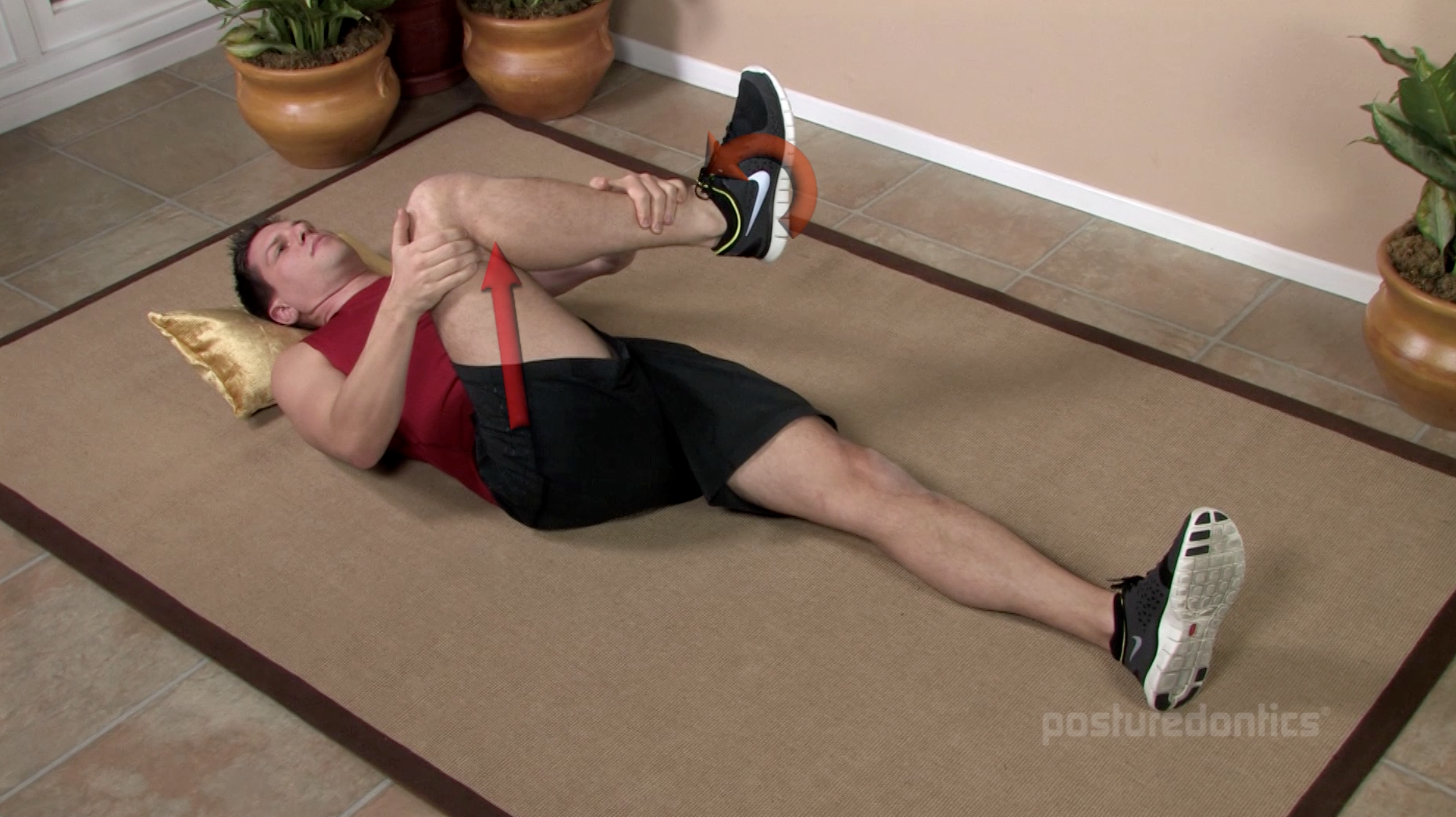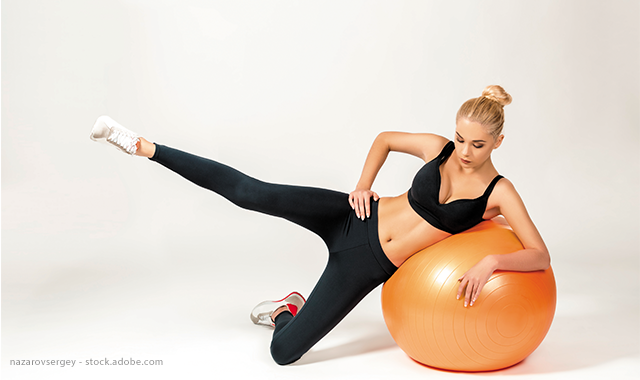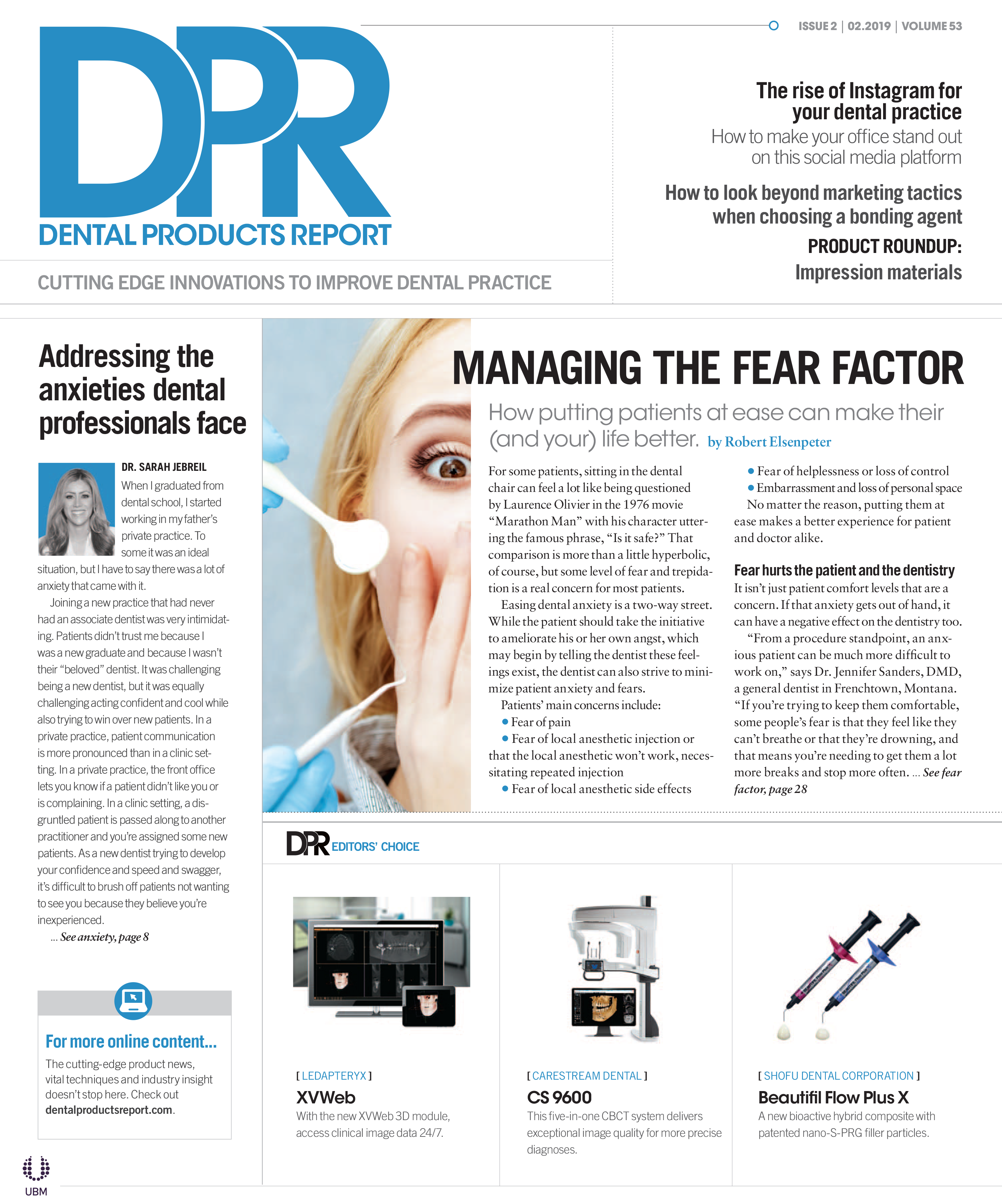How to mitigate common hip complications
How to alleviate two forms of hip pain plaguing dental professionals.

Hip pain among dental professionals can be due to a number of factors, however two common etiologies are: piriformis syndrome and osteoarthritis. Both conditions are more prevalent among women than men and occupations that involve prolonged sitting -such as dentistry - may place women at a higher risk for hip pain than other professions.
Piriformis syndrome
The piriformis muscle is responsible for externally rotating the hip and can easily become tight in the operatory when you sit for long periods of time straddling the patient chair. In about 20 percent of the population, the sciatic nerve runs through the piriformis muscle. In this population, when the muscle becomes tight, it can cause painful sciatica - shooting pain into the buttock and down the back of the leg. With true piriformis syndrome, segments of the piriformis muscle will be quite painful to palpation. Women are six times more prone to this problem than men.
Trending article: How teledentistry can bring new patients to your practice
Dental professionals who experience this symptom may consider self-treating the piriformis muscle. If the following interventions do not help resolve your sciatica, you should see a doctor as soon as possible because there are numerous neurological conditions that also cause sciatica.
- Apply warm, moist heat for 20 minutes.
- Treat the trigger point in the piriformis muscle with a Backnobber tool or small ball, according to a video excerpt from the Chairside Stretching & Trigger Point Therapy video course. The Trigger Point Therapy Workbook by Davies is a useful resource that will guide you through specific self-treatment of all the trigger points in the body!
- Perform the piriformis stretch: Lie on your back. Cross the right leg over the left knee, and grasp the right knee with the right hand, slowly pulling it toward the left shoulder, then pull the right ankle up toward the left hip with the left hand until you feel a good stretch in the buttocks. Do not pull too hard on the ankle as this may over-stretch the hip. Focus on relaxing the buttock muscles as you hold the stretch. As the muscle begins to relax, you may increase the stretch by gently pulling further on the ankle. Remember never to stretch in a painful range. Switch legs.
Ergonomic interventions
- Stand frequently. A risk factor for piriformis syndrome is sitting for long periods of time.
- Consider a saddle stool, which positions you halfway between standing and sitting.
Hip osteoarthritis
The hip cartilage requires intermittent compression to stay healthy. Therefore, people in sedentary occupations (such as dentistry) requiring prolonged sitting tend to be predisposed to hip osteoarthritis. Other risk factors include middle age, previous hip injury, congenital hip dysplasia, obesity and leg-length discrepancy.
Symptoms include:
- Pain with walking
- Pain in the hip that slowly worsens with time
- Pain is worse in the morning
- Painful getting out of a chair after prolonged sitting
Treatment: Working with a skilled physical therapist, one of the most beneficial interventions is therapeutic mobilization. They may also recommend a shoe lift, use of a cane on affected side, avoiding stairs, ice or taping. A doctor may recommend NSAIDS for reducing inflammation and/or losing weight.
However, studies show that exercise has been shown to be more effective than any modalities such as TENS, E-stim, or acupuncture for treatment of osteoarthritis.
More from this author: 3 steps to developing healthier habits in the new year
The old saying, “If you don’t move it, you’ll lose it,” is particularly applicable to people with osteoarthritis. Keeping the hips and knees moving, and the muscles around the joints strong, greatly contributes to protecting the joints and staving off additional damage caused by arthritis.
Good exercises include walking, swimming and cycling. The swimming pool must be warm because cold water is painful for osteoarthritis. Strength training is also important, especially the hip abductors - weak muscles cause joint instability, which can further damage the hip joint. People with OA of the hip should avoid running, jogging, jumping rope and high impact aerobics.
Exercises

Lie on your back. Cross the right leg over the left knee and grasp the right knee with the right hand, slowly pulling it toward the left shoulder, then pull the right ankle up toward the left hip with the left hand until you feel a good stretch in the buttocks. Don't pull too hard on the ankle as this may over-stretch the hip. Focus on relaxing the buttock muscles as you hold the stretch. As the muscle begins to relax, you may increase the stretch by gently pulling further on the ankle. Remember never to stretch in a painful range. Switch legs.
Hip abductor strengthening: Lie on your side, or use a medicine ball, with bottom knee bent. Straighten the top leg, roll the top hip slightly forward and lift the leg upward. Try to lift the leg slightly behind the hip, so the exercise will target the gluteus medius. Repeat 10 times, then switch legs.

